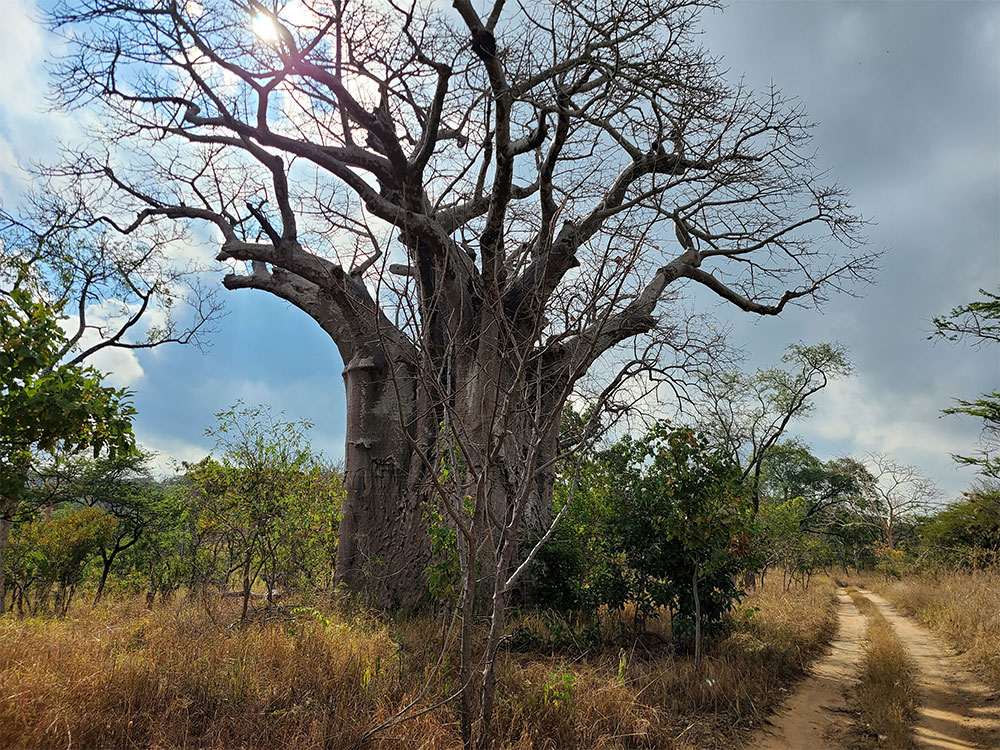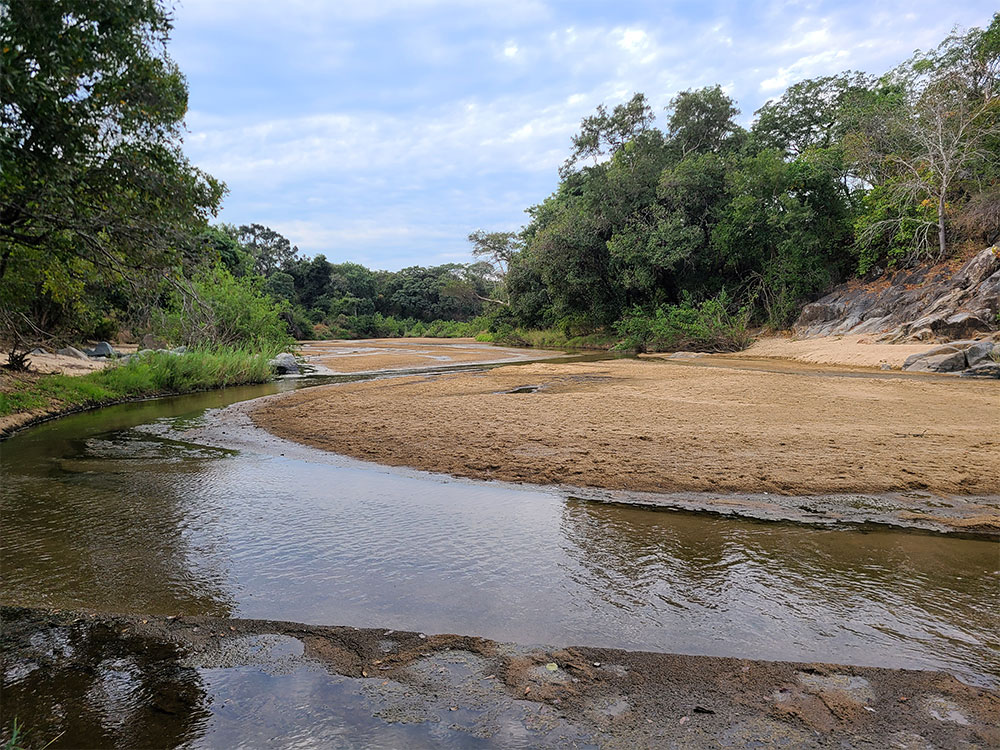In 2010, a survey was conducted in Umfurudzi to quantify the animal species and numbers, which existed in the Park. It was ascertained that the numbers were very low and certain species were and still are threatened with extinction within the Park.
It was agreed to actively restock the Park over a three-year period to build numbers of existing species, as well as reintroduce species, which had been wiped out over the past 20 years.
Cambridge University conducted studies in the 1980’s and Umfurudzi Park had healthy populations of animals ranging from Black Rhino (100+), Elephant (100+), Buffalo (unknown), Sable (1500+), Roan (250+), Eland and Waterbuck as well as many predator species, lion, leopard, hyena, cheetah and other smaller predators.



